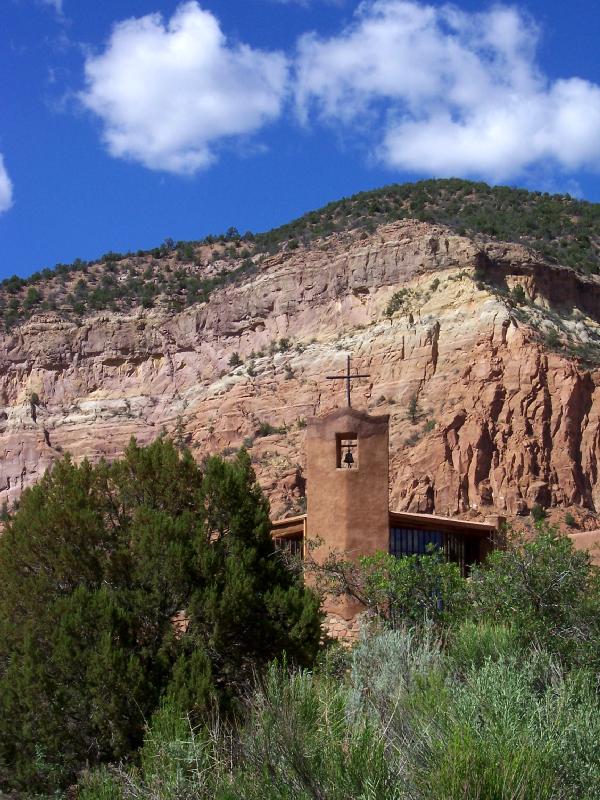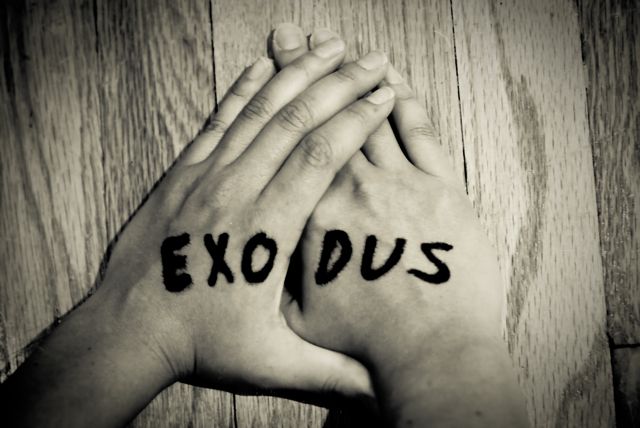Dancing in the Rhythm of God’s kingdom

I’ve embarked on a new adventure with a group of friends in Miami. We recently planted a church. This came about after three years of praying and dreaming about what it would be like to share a common life of worship and mission.
“Church” has come to mean many things in our day: a building, a Sunday service to attend, an organization that functions like a business, etc. But if you read the New Testament you’ll discover the church is never once referred to as a building or a service, neither is it spoken of as an organization. The church is a living organism. It’s a community of people committed to living the way of Jesus – and committed to doing it together. Different people from diverse backgrounds are brought together by a common Father and common mission. What was meant to be simple and organic has become professionalized, hierarchical, confusing, and commercialized.
So, as my friends and I continued to pray and dialogue, we had a growing conviction that we were supposed to give birth to a fresh expression of the church today. That’s how Rhythm Church came about.
We didn’t choose the name Rhythm because it sounds cool and hip. (In fact, I almost nixed it because I didn’t want a trendy name.) We chose Rhythm because nothing else so clearly describes what we’re about as a community. Perhaps I can explain the theological impetus behind the name by talking about two things I love: DJing and dancing.
Read more







 This is my second post on the art exhibit I worked on illustrating the Stations of the Cross after the Holocaust which was on display this past week at the Center for Jewish Studies at Baylor University (the first post can be
This is my second post on the art exhibit I worked on illustrating the Stations of the Cross after the Holocaust which was on display this past week at the Center for Jewish Studies at Baylor University (the first post can be 








 I’m an American citizen. This means last fall I began hearing that I should “get out there, spend money, and buy more stuff.” I was told this is the part I need to play as an American in helping jumpstart our economy again.
I’m an American citizen. This means last fall I began hearing that I should “get out there, spend money, and buy more stuff.” I was told this is the part I need to play as an American in helping jumpstart our economy again.


 Last month we remembered the legacy of our nation’s greatest public prophet, Dr. Martin Luther King, Jr. King was the moral and spiritual leader of the civil rights movement, the movement that the Catholic monk and writer, Thomas Merton, once described as the greatest example of Christian faith in action in the social history of the United States. Furthermore, Dr. King has had a considerable impact upon me and what I want my ministry to be all about (in fact, a long clip from his “drum major” sermon was played at my ordination).
Last month we remembered the legacy of our nation’s greatest public prophet, Dr. Martin Luther King, Jr. King was the moral and spiritual leader of the civil rights movement, the movement that the Catholic monk and writer, Thomas Merton, once described as the greatest example of Christian faith in action in the social history of the United States. Furthermore, Dr. King has had a considerable impact upon me and what I want my ministry to be all about (in fact, a long clip from his “drum major” sermon was played at my ordination). Hello friends and welcome to the site. I offer a few opening remarks to help you navigate your way around. Thanks to Francisco Donoso for this piece of original art to get things kicked off. A good
Hello friends and welcome to the site. I offer a few opening remarks to help you navigate your way around. Thanks to Francisco Donoso for this piece of original art to get things kicked off. A good